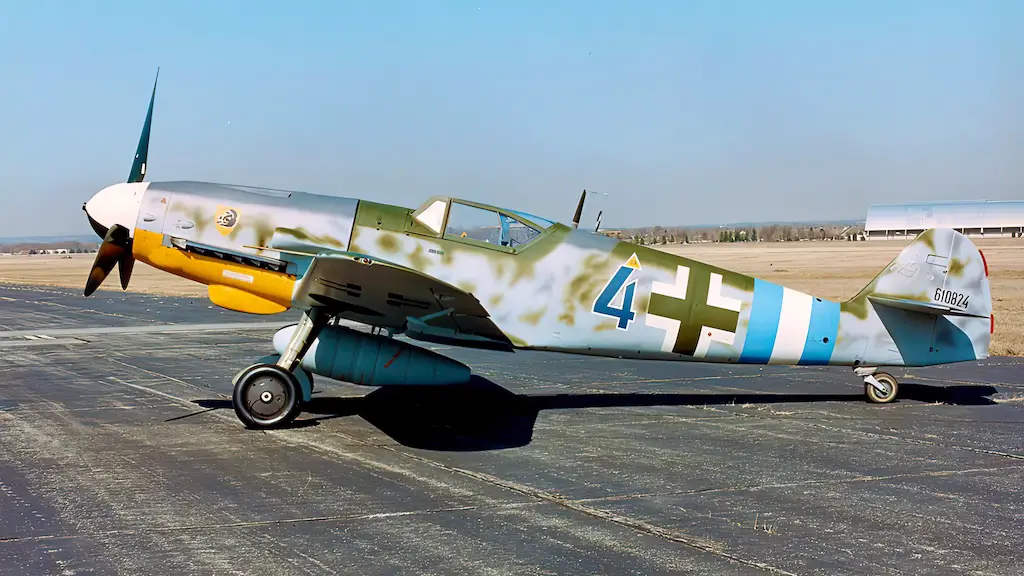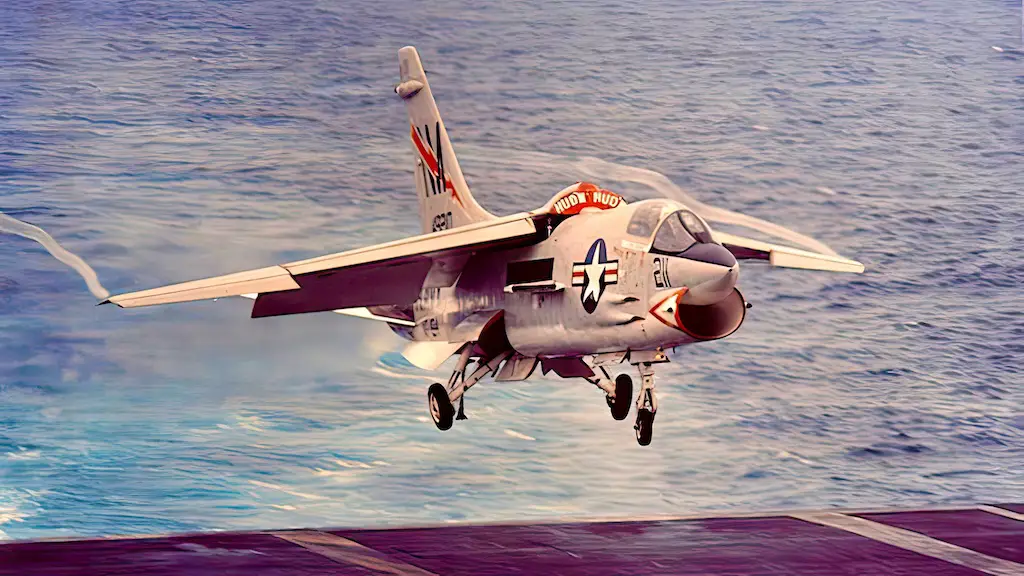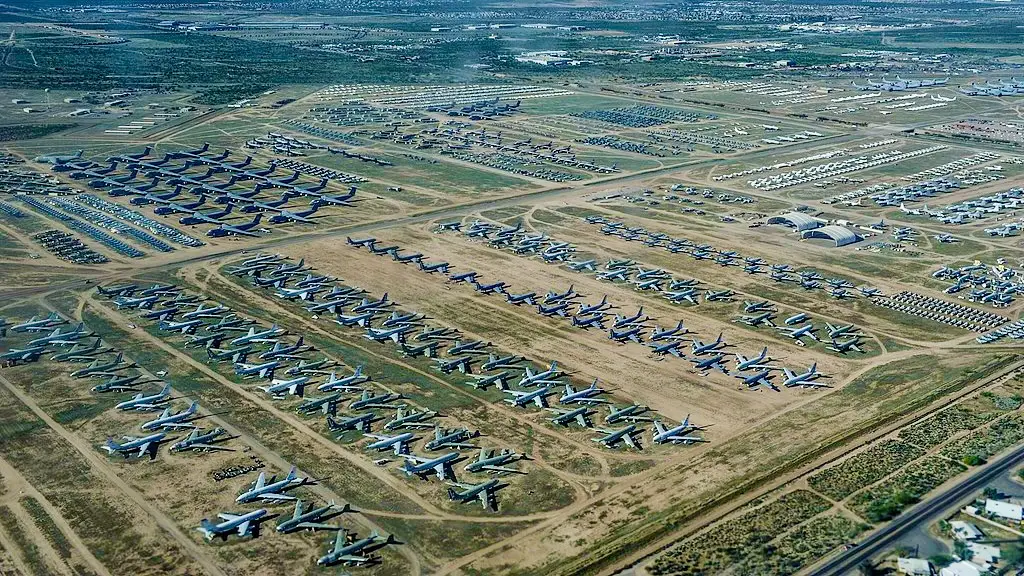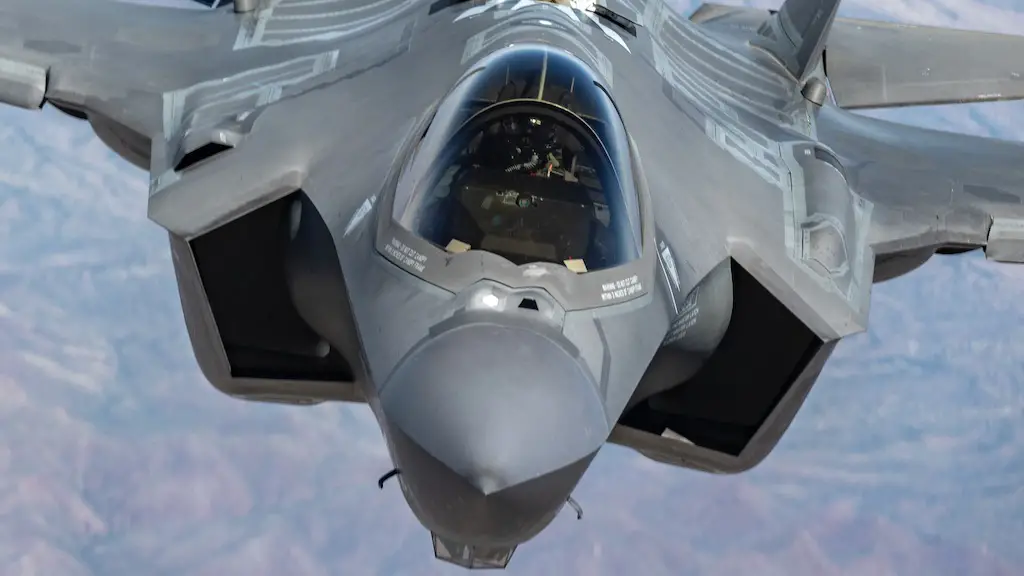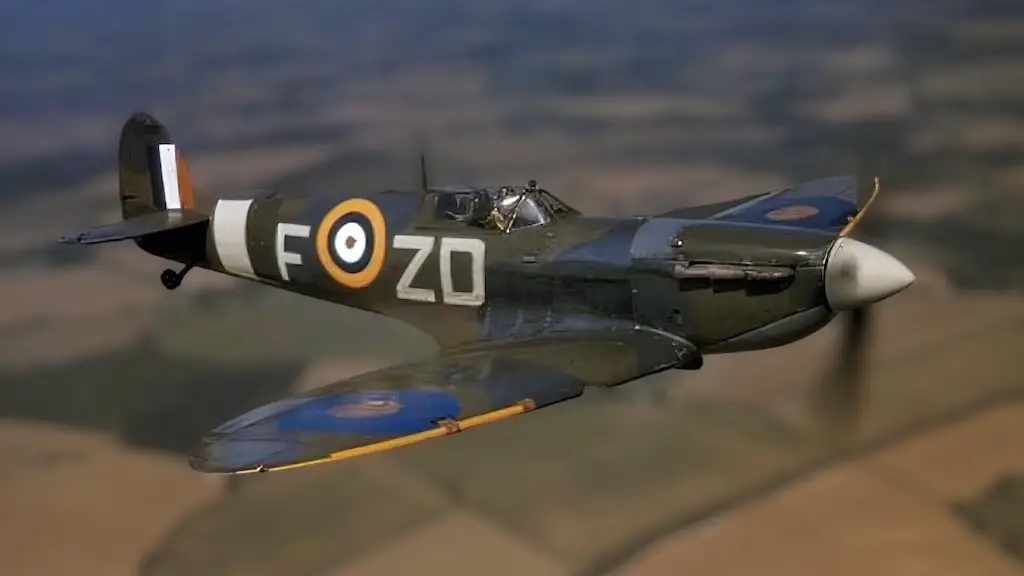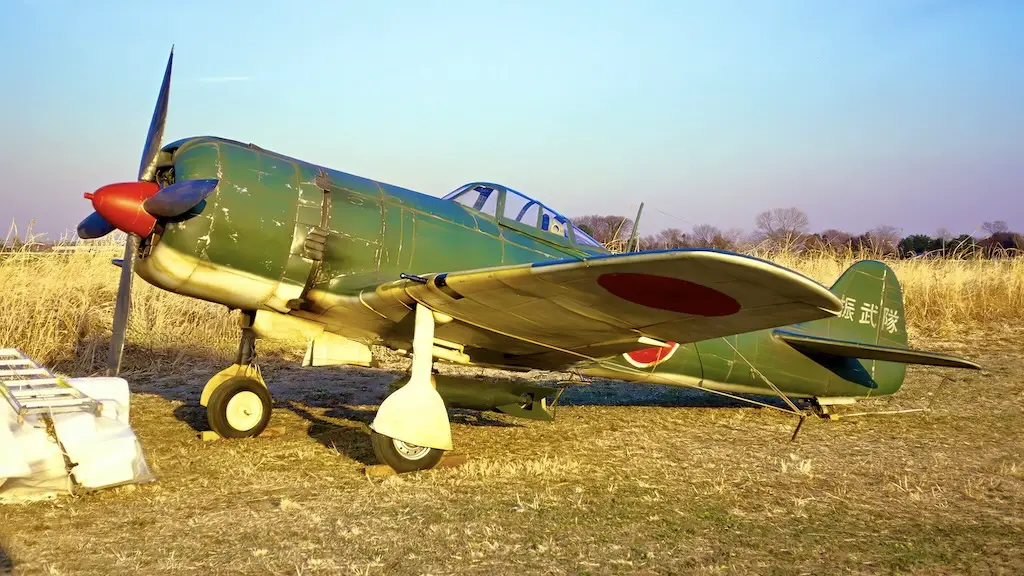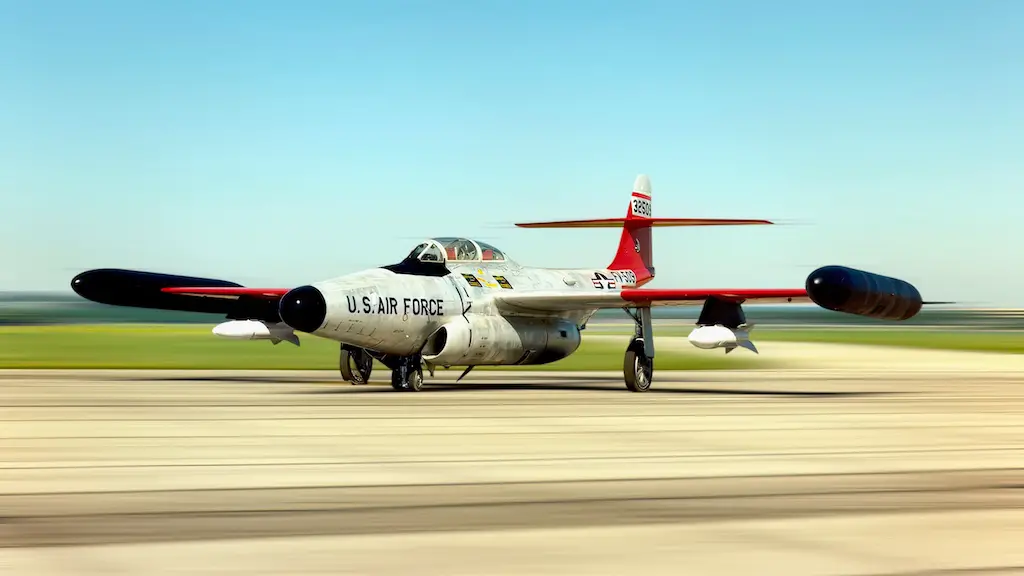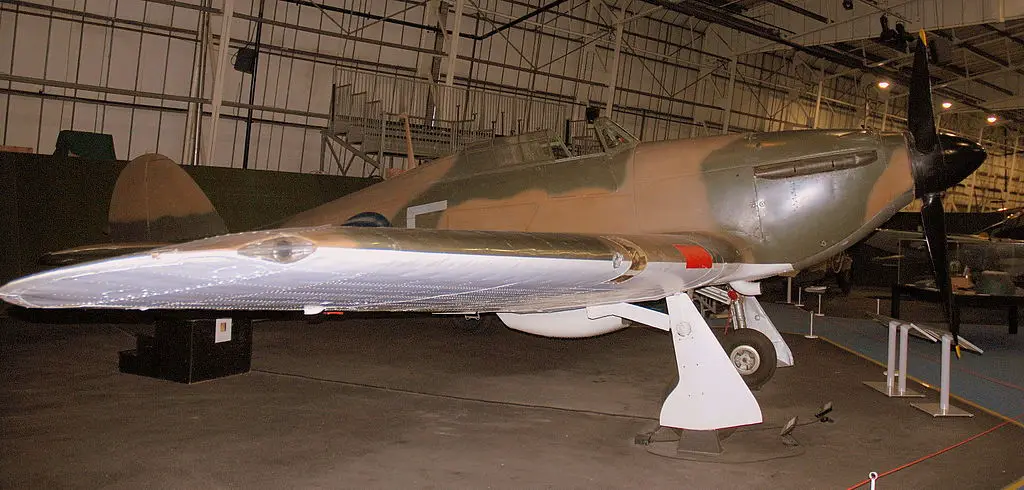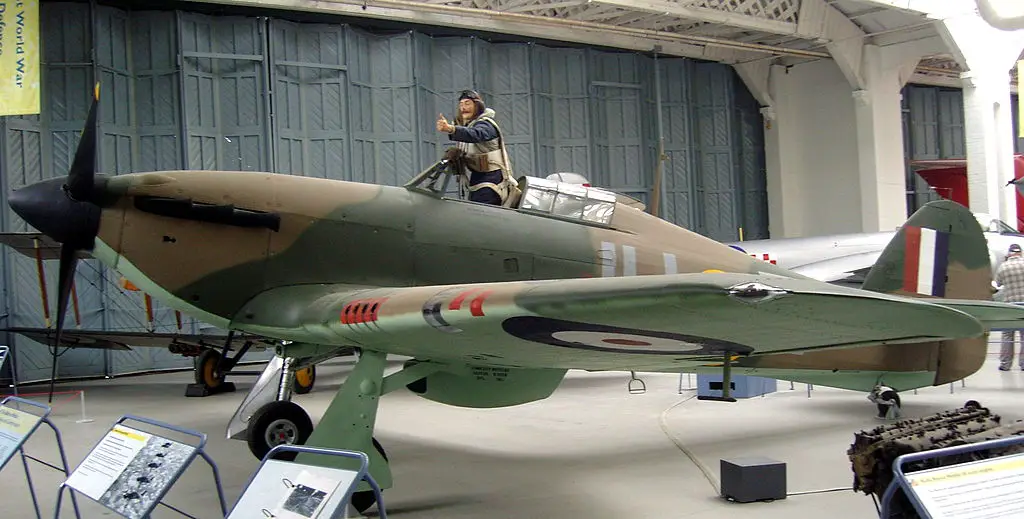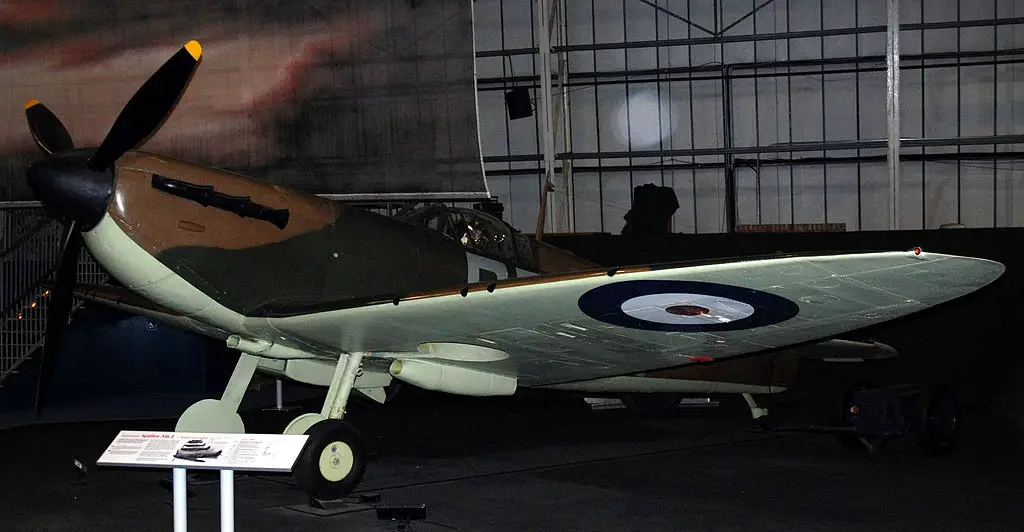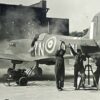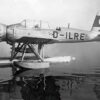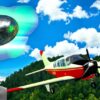When the Battle of Britain got going in the summer of 1940, there were two times more Hawker Hurricanes in the fighter inventory of the Royal Air Force than Supermarine Spitfires. So, it was the Hurricane that really took the brunt of the fight in the British skies at its early stages. Its deadliest opponent was the Messerschmitt Bf 109, a very advanced fighter, which had already proved its worth in dogfights over Spain, Poland, Netherlands, and France. Many of these fearsome machines were also manned by experienced German pilots that had gone through those campaigns and knew how to use Willy Messerschmitt’s creation to fully take advantage of its potential.
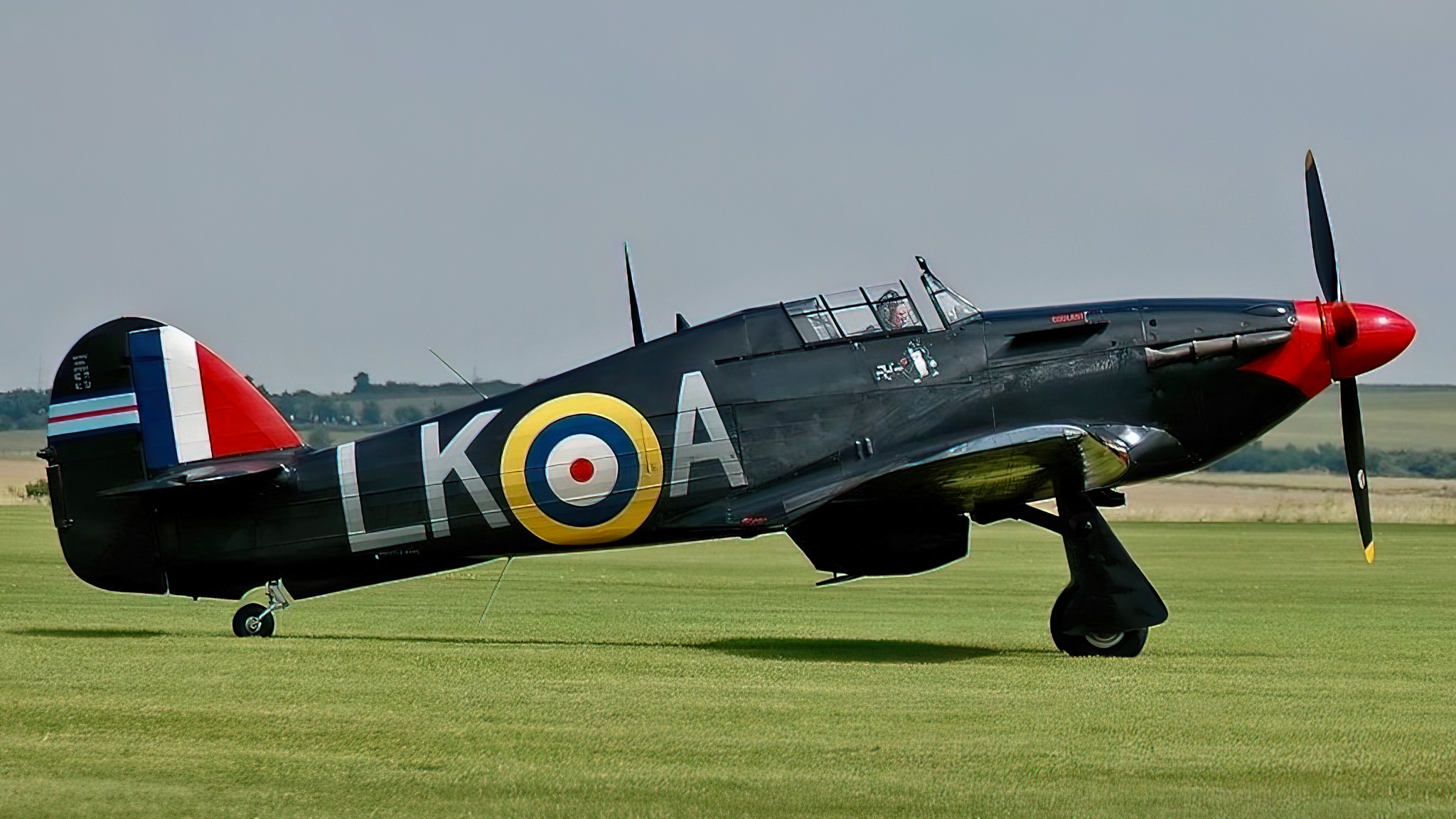
First encounters
When Bf 109s first encountered Hurricanes in battle in the skies of France, they dealt with early Mark I Hurricanes. The Bf 109’s superiority over them was quite clear, and Hurricane pilots had a hard time overpowering the German fighters. In the meantime, Hawker came up with a slightly improved Mark I subvariant, which featured a constant speed propeller and metal-covered wings, along with other minor improvements. So, when the Battle of Britain broke out in the summer of 1940, RAF’s Hurricanes were better prepared for it than they had been for the Battle of France.
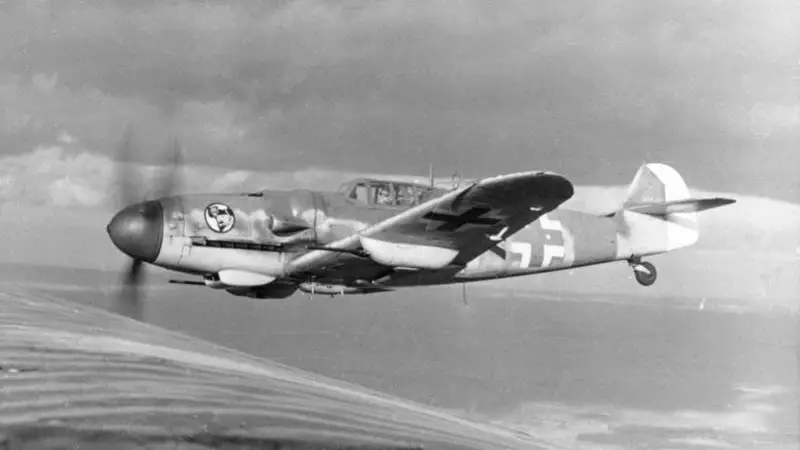
Pitting the two fighters against each other
Of course the question of how the Hurricane and the Bf 109 compared to each other is not just something aviation geeks argue between one another in the 21st century. Back in 1940, it was a question of outmost importance for the British command. So, in May 1940 the RAF specifically carried out comparative flight tests of the updated Hurricane and a Bf 109.
The tests compared the two types’ performance on takeoff and rate of climb, their dogfighting capabilities, and handling in line-astern formation flying. The Bf 109 proved to be a much quicker climber and was generally faster by some 30 to 40 mph, but the Hurricane was very agile and its pilot managed to outmaneuver the German machine and lock onto its tail.
The historic battle
The conclusions of that test were further proven during the Battle of Britain, when Hurricanes took advantage of their exceptional maneuverability to shoot down lots of German aircraft. Though slightly overshadowed by the Spitfire, which really came to be a national pride symbol in the wake of the Battle of Britain, the Hurricane did a large share of the hard work in that battle. In fact, Hurricanes scored 60% of all victories over German aircraft in the campaign. Still, Hurricanes mostly specialized in bringing down enemy bombers, and Spitfires in dogfights with the fighters. Because even though a Hurricane could stand up for itself against a Bf 109, a Spitfire could do that job better.
The Hurricane matures
In September 1940, a new modification, the Hurricane Mark II powered by the improved 1,185-hp Merlin XX engine, started entering squadron service with the RAF. This was a much more advanced aircraft and it was able to counter German fighters much more effectively. If we compare the Mark II to the Bf 109E, the German fighter’s variant actively used in the Battle of Britain, we’ll see that their performance characteristic are not that different. The two fighters even had a comparable top speed: the Hurricane’s was 340 mph at 21,000 ft, and the Bf 109’s 348 mph at 14,560 ft.
The Battle of Britain was, of course, not the only campaign in which the Hurricane and the Bf 109 fought against each other. There were also encounters in the skies of Africa and the Mediterranean, but the Hurricane’s most decisive contribution to the Allied war effort as a fighter was certainly the one made over the British Isles in the summer and fall of 1940.


